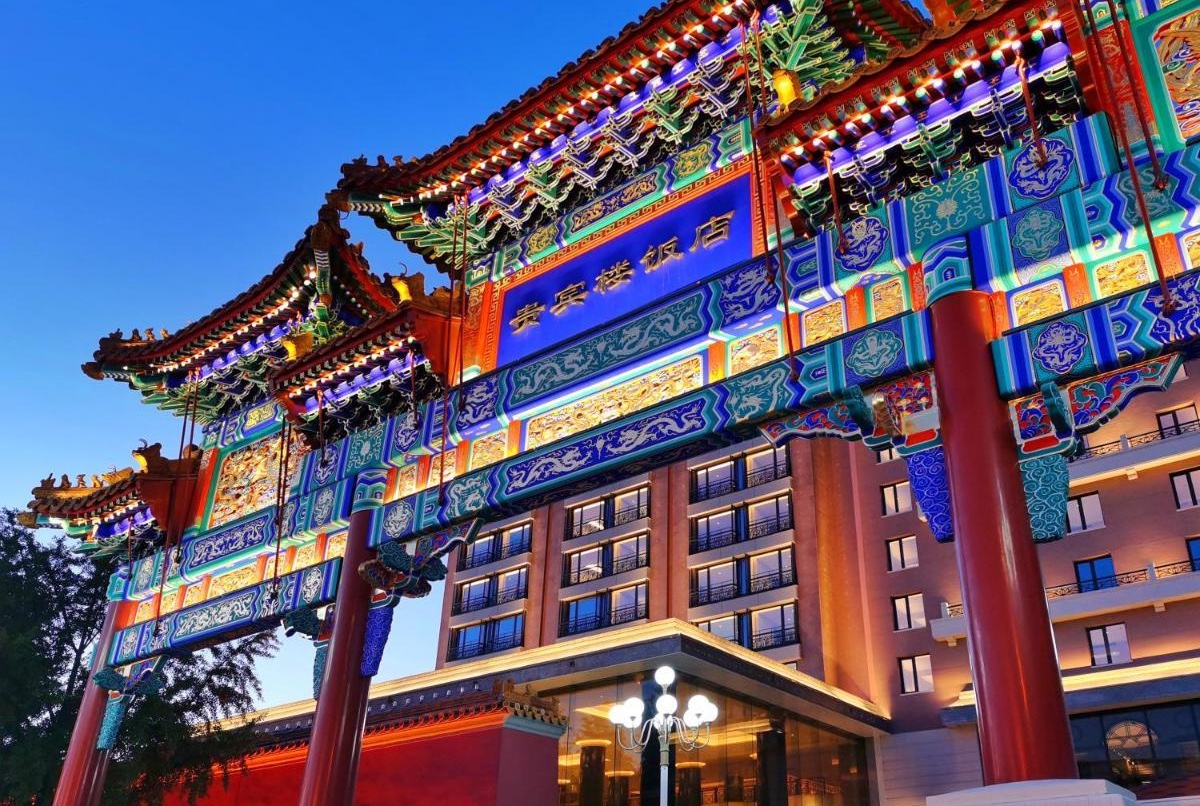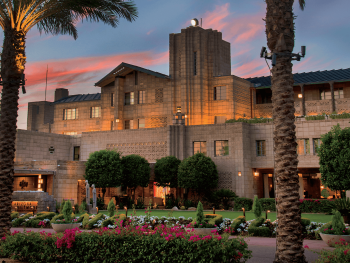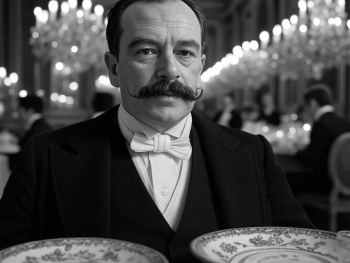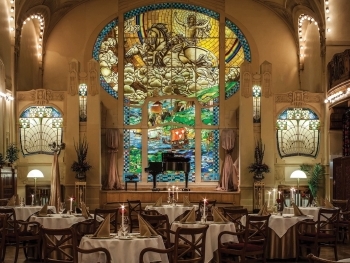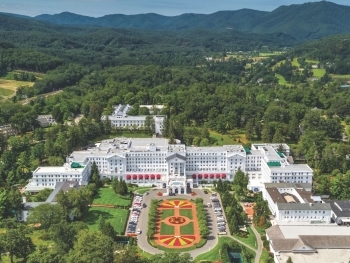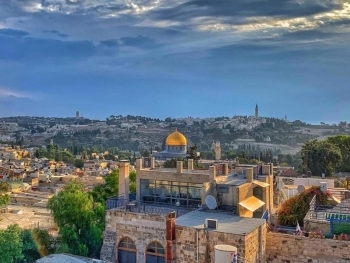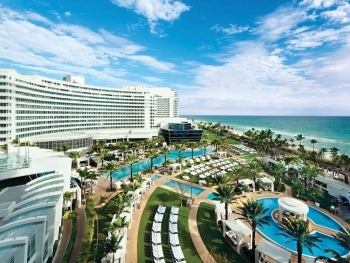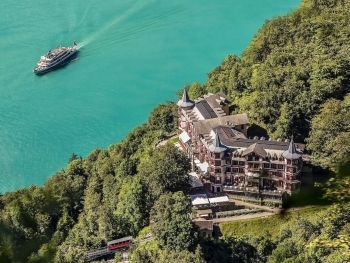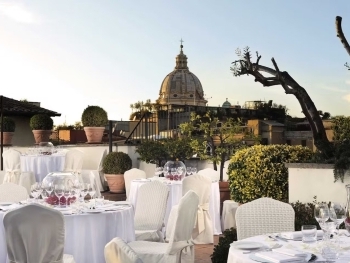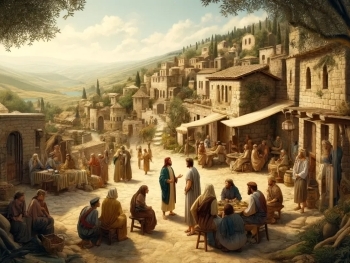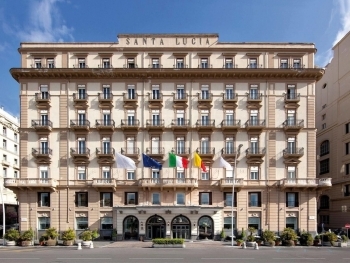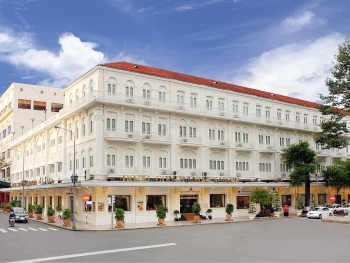The Grand Hotel Beijing, a name synonymous with elegance and history, boasts a legacy that stretches back over a century. Established in 1900, it wasn't just a hotel; it was a window into a bygone era, a testament to China's transformation from an imperial nation to a global power.
A Jewel in Peking's Crown (1900-1917):
The hotel's story unfolds amidst a captivating backdrop. Beijing, then known as Peking, was an imperial city steeped in tradition. Lush gardens graced the landscape, punctuated by the majestic Forbidden City and ornate temples. It was in this captivating environment that the Grand Hotel first opened its doors. However, its early days were marked by turbulence. The Boxer Rebellion, a violent uprising against Western influence, erupted shortly after the hotel's opening. Fearing attacks, the Swiss manager, Mr. Chamot, evacuated guests to a British legion pavilion. Resourceful chefs even used their culinary skills to transform pony and horse meat into palatable dishes during food shortages. This episode, though unsettling, highlights the resilience of the hotel and its staff.
The Grand Hôtel de Pékin: A Beacon of Western Luxury (1917-1949):
Rebuilt in 1917, the hotel transformed into the Grand Hôtel de Pékin, a haven of Western luxury. French-funded, it boasted 200 opulent rooms, each with an en-suite bath, a novelty at the time. Guests could unwind in the elegant tea hall, where lively dances were held every night. The hotel's own orchestra serenaded guests with classical music during dinner, adding a touch of sophistication to the ambiance.
A brochure from the 1930s paints a picture of paradise. A spacious roof garden offered breathtaking views of the Forbidden City, the Legation Quarter, and the sprawling cityscape. The hotel's reputation for exquisite French cuisine and a well-stocked wine cellar featuring prestigious French vintages attracted discerning palates. For added convenience, the lobby housed the offices of Thomas Cook, a renowned travel agency, and its prime location opposite the Italian Legation and a mere three minutes from the train station further enhanced its appeal. Unsurprisingly, it became a favorite amongst Western travelers venturing into the heart of China.
A Stage for History: Witnessing China's Tumultuous 20th Century (1949-1989):
The Grand Hotel Beijing continued to be a pivotal landmark throughout the 20th century. However, the political landscape of China shifted dramatically. The hotel adapted, catering to a new clientele. Yet, it remained an observer of history's unfolding drama. In 1989, during the Tiananmen Square protests, the hotel became a base for many foreign journalists. It was here that Associated Press photographer Jeff Widener captured the iconic "Tank Man" photo, an image that forever etched itself into the world's memory. According to journalist Zhang Boli, the last meetings between student protestors and government officials were held at the hotel on May 30, 1989, marking a pivotal moment in the movement's outcome.
Beyond 1989: A Legacy that Endures
The Grand Hotel Beijing's story extends beyond 1989. It underwent renovations and reopened in 2006 as the Raffles Beijing Hotel. However, the essence of the Grand Hotel Beijing – its grandeur, its spirit of hospitality, and its role as a silent witness to China's fascinating history – continues to resonate within its walls. Today, the hotel stands as a testament to the nation's evolution, a reminder of a bygone era, and a symbol of Beijing's enduring allure.
